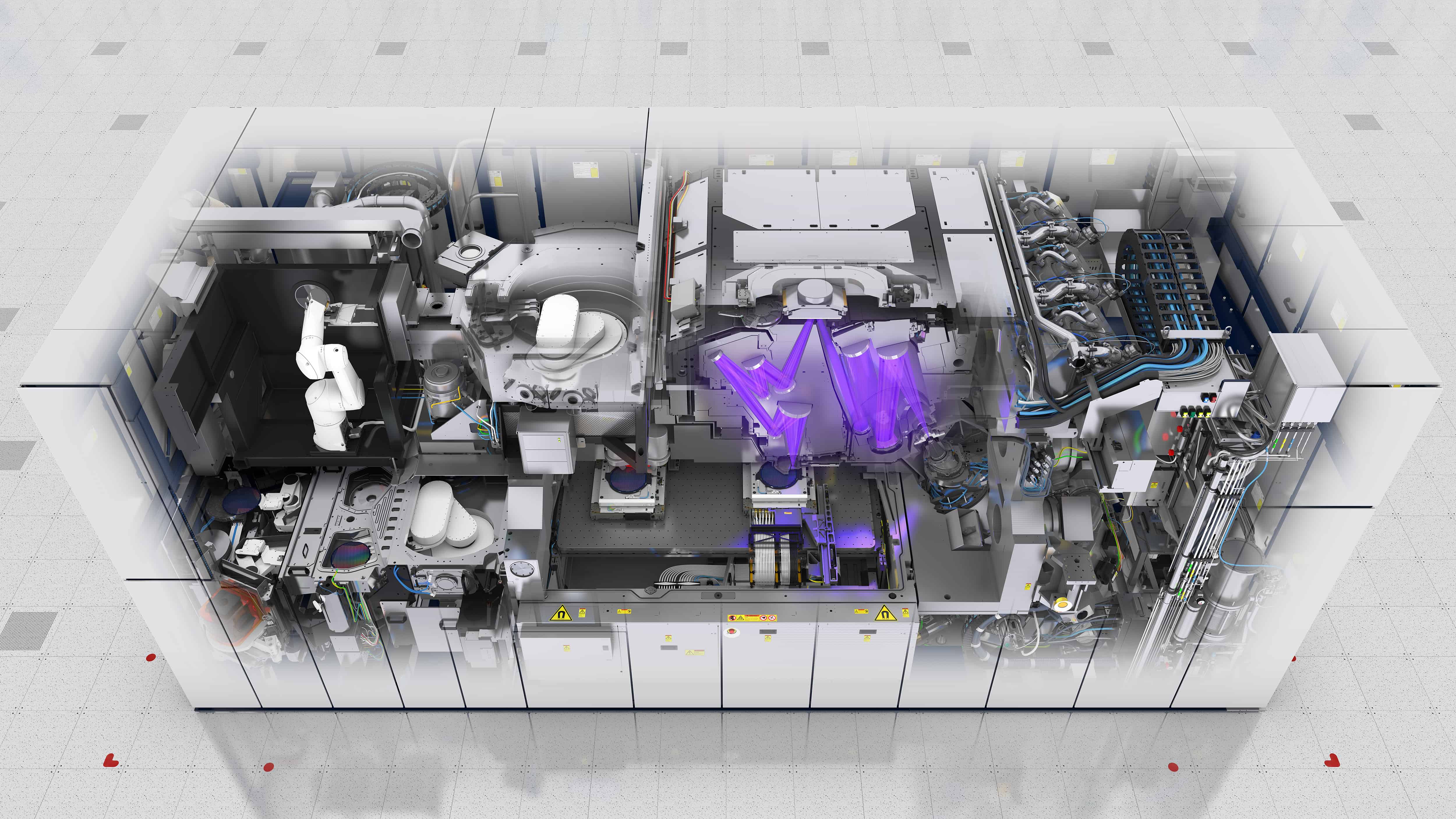
The Corona virus and its ever-increasing spread are having more and more impact on life in Germany and Europe. People no longer shake hands or even casually drop by anymore. Anyone who sneezes or clears their throat is looked at sideways. Some supermarkets have empty shelves. Some companies are sending their employees home, events are being cancelled and so on. The virus is now dominating life and nobody can say how the situation will unfold.
Christian Drosten, virologist and director of the Institute of Virology at the Berlin Charité University Hospital, estimates that about 60 to 70 % of Germans will become infected. “This could take up to two years or even longer,” the physician is quoted as saying by the German newspaper Bild. That would mean around 50 to 60 million people. But could thorough tracking of those who’ve been in contact with people who are infected help prevent a pandemic? Yes, say British mathematicians. Model calculations published in Lancet Global Health reveal that this would not be a futile undertaking. Provided certain conditions are met, the corona epidemic could be brought to a halt within three months.
For diseases such as open pulmonary tuberculosis, testing contacts and isolating cases have long been proven methods of containing minor outbreaks. According to a project group at the London School of Hygiene & Tropical Medicine headed by epidemiologist Rosalind Eggo, whether these measures would also be effective for COVID-19 depends primarily on two factors. One factor is the “basic reproduction number R0“, i.e. the number of people infected by an infected person. “If the R0 value is less than 1, the number of people infected declines. Eventually the epidemic gradually comes to an end.” The R0 value in Wuhan was relatively high at the outset of the corona epidemic, as reported by the German medical weekly Deutsches Ärzteblatt.
Uncertainty factor when it comes to patients without symptoms
“If the initial R0 value is 3.5, a pandemic can practically no longer be prevented,” writes Eggo. According to Eggo, an outbreak can only be stopped if more than 90% of all the contacts can be identified and quarantined. With an R0 value of 2.5, more than 70 % of the contacts would have to be located and isolated. With an R0 value of 1.5, the epidemic could be stopped after 50% of the contacts are identified.
The second major factor cited by the scientists is the proportion of infections that precede the onset of symptoms. “Ideally, there should be no asymptomatic transmission. Apparently this doesn’t seem to be the case with SARS-CoV-2.” Currently, researchers estimate that 15% of people who become infected haven’t shown any symptoms so far. In this situation, the chances of the epidemic coming to an end are very high. At 90% or more according to Eggo’s calculations. Yet this would only be true if the initial R0 value is 2.5 and at least 80% of cases can be located and isolated. Of course, no more time should be lost when it comes to tracking down contacts. Yet a major uncertainty factor involves people who are infected and are therefore carriers, yet the disease never breaks out in them and consequently remains undetected.
Healthcare system could be pushed to its limits
Contact testing is, however, extremely time-consuming. If one infected person had contact with 20 people, 2,000 contact checks have to be carried out in every 100 cases. If the number of illnesses continues to increase – which can be assumed at present – the healthcare system would very quickly be pushed to its limits. That’s why Eggo is fairly pessimistic.
“In most plausible outbreak scenarios, isolating cases and tracking down contacts are not enough on their own to control outbreaks,” she writes. Effective contact monitoring and isolation could help to “reduce the scale of an outbreak or bring it under control over a longer period of time.” On the other hand, even an almost perfect contact tracking would not be enough in certain scenarios.
Support us!
Innovation Origins is an independent news platform that has an unconventional revenue model. We are sponsored by companies that support our mission: to spread the story of innovation. Read more.
At Innovation Origins, you can always read our articles for free. We want to keep it that way. Have you enjoyed our articles so much that you want support our mission? Then use the button below:







